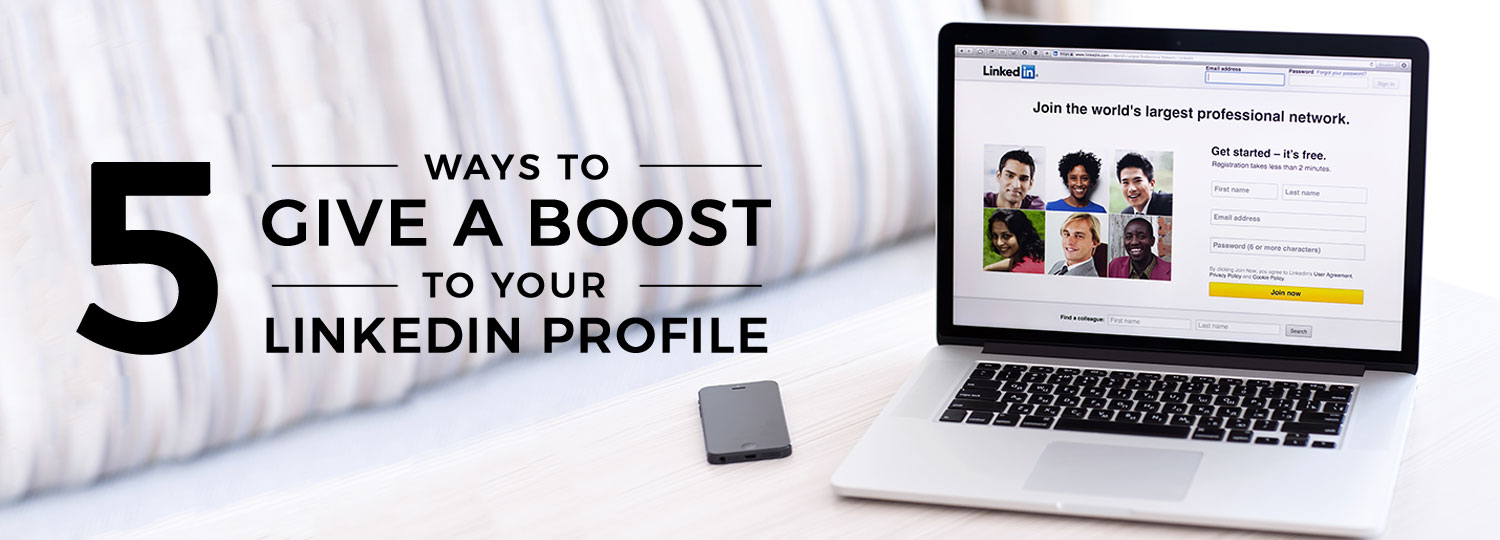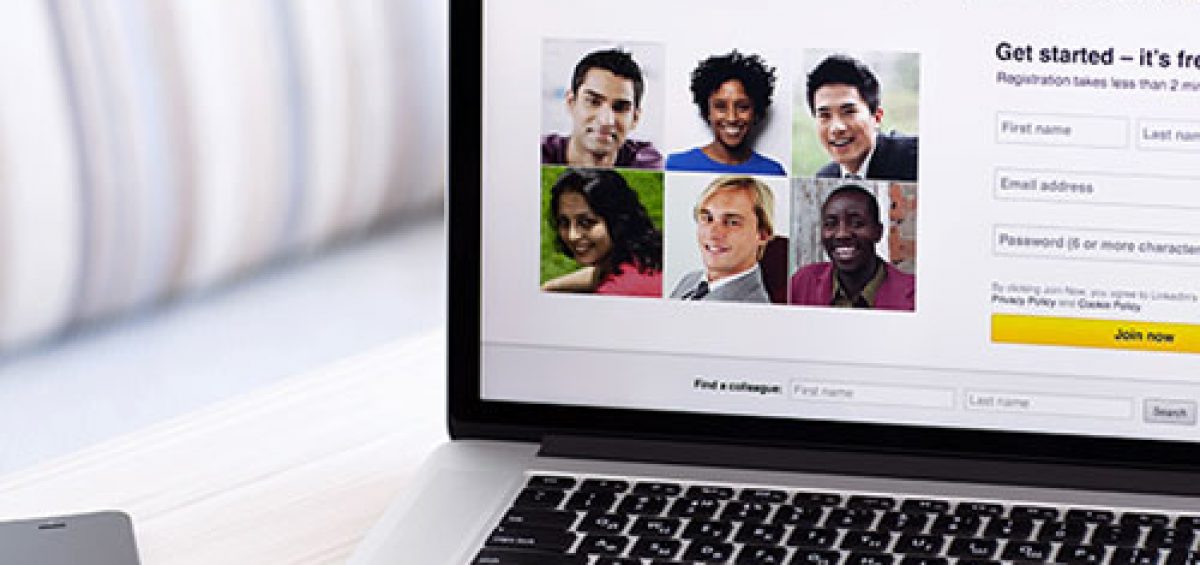
How to improve your LinkedIn Profile?
Are you taking advantage of some of LinkedIn’s special features?
In this article, you’ll discover how to optimize and boost your LinkedIn Profile.

As of last year, LinkedIn, with over 259 million users, has become the world’s largest professional social media site. If only due to sheer scale, the advantages of listing your profile on the site and ensuring that it is as polished and flattering as possible should be obvious. What is not quite so obvious to many members is the very real need to promote your profile, so that the right people can actually find it.
#1 Make your profile compelling and professional, without sounding overblown
Start with a powerful headline. This is the primary place where LinkedIn’s search engine looks, so it should contain the keywords that are essential in your industry. At the same time, it serves the same function as a book’s title and cover, so make sure it captures what you have to offer and that it is highly readable. Don’t try to pack it with keywords, though, or you will end up turning off the very people you’re trying to reach. You have only 120 characters in this field, so use them wisely.
Imagine that you’re sitting across a table from someone who has the ability to give you the biggest break of your professional life. Your headline has convinced them to look at you. Now, you need to really get their interest. In a couple of sentences, what would you tell them that would convince them to hire you or retain your services? The summary needs to put forth your biggest strengths and talents, and your greatest accomplishments to date. Be sure to include information about your educational background, including any coursework or publications that might not be directly related to the position you’re seeking. Include links to your website and blog, but keep personal or potentially provocative postings private. Anyone who is interested will be able to find those on their own (you’ll want to keep that in mind, even when you’re not on LinkedIn!). These little extras will help to flesh out other members’ perspective of you, and if done properly, will indicate that you are well-rounded.
#2 Search for other members whom you’d like to have in your network
Start with past and current associates, employers, and professional acquaintances. Send them invitations, asking to be added to their network. The more members you have in your network, the more you leverage your own visibility. Before long, you’ll start getting invitations to join other people’s networks, most of whom you don’t know. You’ll want to be selective in accepting those invitations – make sure you only accept those from people who reflect positively on you.
#3 Seek out, join, and participate in LinkedIn Groups that resonate with your professional and – to an extent – personal interests
LinkedIn has literally thousands of different groups, catering to virtually every interest, from professional to hobbies to favorite pastimes. Join (or ask to join) those that cater to your own professional and (with some limitations), to your personal development. Again, be selective, and remember that your potential clients and/or employers will be able to see your postings. Once you become a member of a group, read through and participate in the groups’ discussions. This is a great way to get to know other members and to let them get to know you. You’ll find that the people to whom you can best relate will ask you to join their network, or suggest another group which you might be interested in. You can also ask them to join your network, or other groups in which you’re a member. Before you know it, your network will grow exponentially, as will your profile’s visibility to others.
#4 Post regular status updates
LinkedIn rates your importance according to your participation, both in groups and in your updates on your own page. You’ll want to announce any significant accomplishments, changes in your professional status (preferably those which are enhancements, such as promotions you’ve gotten, awards or other forms of recognition of your work, or new contracts you’ve been awarded). Avoid posting negative information or venting about personal issues. Your LinkedIn status updates should read like a who’s who, not a wailing wall or gossip column. Post regularly, but not to the extent of appearing obnoxious to people who might be following you on the site.
#5 Consider – but don’t necessarily opt for – paid “enhanced” membership and LinkedIn Ads
Depending upon your field or the type of business you’re in, a paid LinkedIn account might be advantageous to you. Such accounts facilitate others’ ability to contact you, by providing a direct LinkedIn email address, but most users find that a free account already offers them all the benefits they are seeking.
One thing that you must remember is that you will be judged by everything you post. For that reason, you’ll want to make every post an example of your professionalism and abilities, not to mention your personality. Treat everything you post as if it were your first statement in a job interview or the first meeting with a new client. Re-read and proofread everything before you post it. A simple typo in a casual conversation can be overlooked, but do your best to avoid them, anyway. And if you spot someone else’s typo, grammatical error, or subtle misstatement, err on the side of compassion in addressing the errors, if you address them at all. Don’t let their mistakes show up your intolerance.
Perhaps as important as anything else, enjoy your time on LinkedIn. If a discussion starts pushing your buttons, or if you’re in a bad mood, let your keyboard rest for a while. You’re being evaluated, and the person who gets picked for a project or as a member of a team is going to be one who not only has the capabilities and expertise to do the job but is easy to get along with as well.
This is a guest post by Sarah Brooks from free people search.

